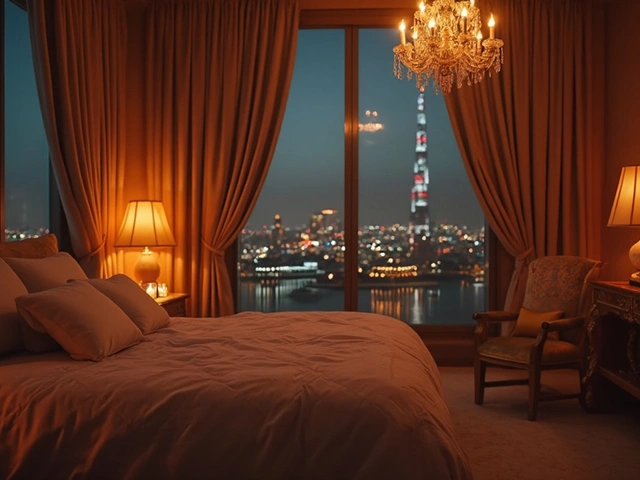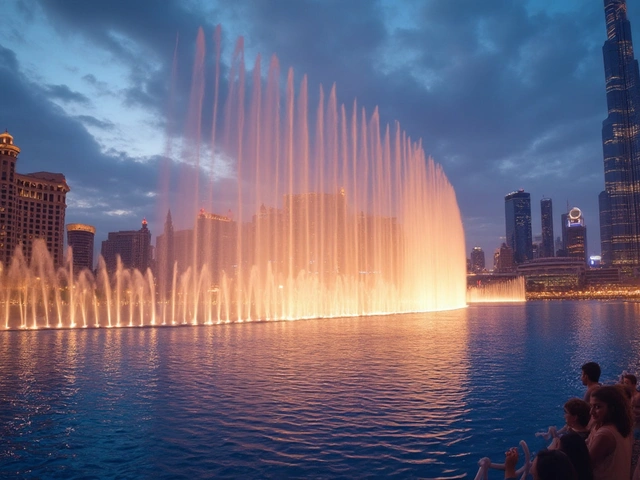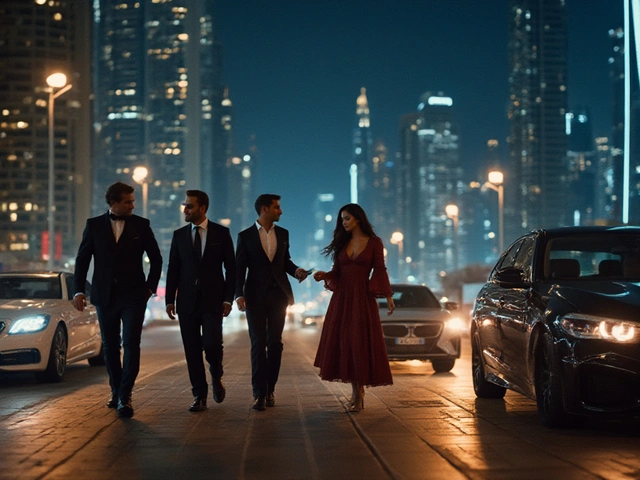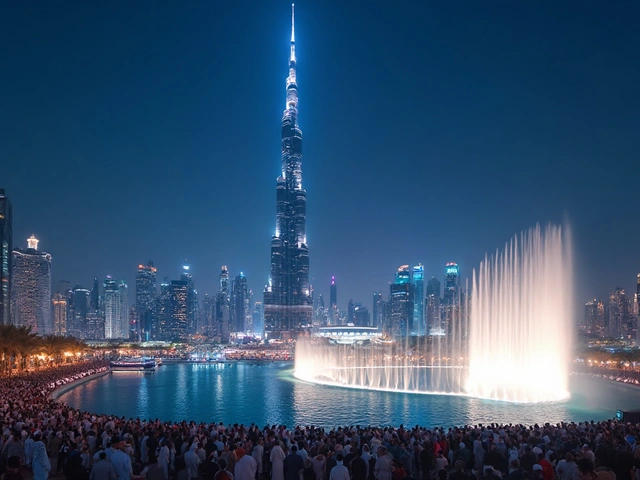Dubai Creek: Where Tradition Meets the Modern City
When you think of Dubai, you picture glass towers and luxury yachts—but Dubai Creek, the natural saltwater inlet that split the city into Deira and Bur Dubai, is where Dubai actually began. Also known as Khor Dubai, this quiet waterway is the reason the city exists at all. Before malls and skyscrapers, traders sailed dhows here with spices, pearls, and textiles. It’s still alive today—not as a museum piece, but as a working part of daily life.
Dubai Creek isn’t just a body of water. It’s a corridor connecting key parts of the city’s soul. Along its edges, you’ll find the Gold Souk, a maze of shops selling real gold in every design imaginable, and the Spice Souk, where the air smells like cumin, saffron, and cardamom. You can hop on a traditional abara, a small, motorized wooden ferry that crosses the creek for just 1 dirham, and feel the rhythm of local life. At the same time, the creek’s western side leads to Al Fahidi Fort, Dubai’s oldest building, now home to the Dubai Museum, where you can learn how this desert town turned into a global hub.
What makes Dubai Creek special isn’t just its history—it’s how it still works. Locals still sell fish and fruit from boats. Tourists ride dhows at sunset while the skyline glows behind them. You can walk the Creek Side Promenade, sip Arabic coffee in a heritage house, or watch cargo ships unload next to a 5-star hotel. It’s not a theme park. It’s real. And that’s why every post in this collection—whether about hidden alleyways, dhow cruises, or how to avoid tourist traps—starts here. You won’t understand Dubai until you’ve seen its creek.






